Many of my pupils struggle finding enough time to practice; work, family commitments or school work can make it difficult. This can lead to a beginner becoming disappointed with their progress and disillusioned. I always recommend practicing regularly in short bursts, rather than one large cramming session – practicing for two hours on a Saturday morning is not as beneficial as twenty minutes every day.
When time is precious what you practice and how you use your time is critical. It’s very easy to spend your valuable practice time just noodling (playing anything other than what you should really practice). It’s worth writing down specifically what you need to practice and how much time you’re allocating each item to help you keep focus each day when you pick up your guitar.
A standard twenty minute practice slot could be for example 5 minutes technical exercises (scales/arpeggios/finger exercises), 10 minutes chords and strumming and then 5 minutes learning a riff. Practice with a metronome, and/or backing track – this provides you with the disciplines required for working with other musicians in a band and gets you into good habits.
When you practice a difficult piece of music don’t repeat the whole thing again and again. Identify short passages at a time, working towards playing them accurately at a slow tempo using a metronome, then gradually increase the tempo once you can consistently manage at the slow tempo. Once you’ve worked on all the individual passages you can them put them all together and play through the whole piece in one go, again using a metronome and starting a slower tempo to ensure you flow smoothly into each passage.
 Make sure you are comfortable and sitting properly – use a chair with a hard back, music stand, foot stool, and adequate light – it’s all too easy to lay on your couch or slouched in front of the TV playing the guitar virtually on your lap, this is often when you get into bad habits which are difficult to undo later. Also you may experience back, neck and shoulder discomfort.
Make sure you are comfortable and sitting properly – use a chair with a hard back, music stand, foot stool, and adequate light – it’s all too easy to lay on your couch or slouched in front of the TV playing the guitar virtually on your lap, this is often when you get into bad habits which are difficult to undo later. Also you may experience back, neck and shoulder discomfort.
Steady practice yields positive results but sometimes however much you practice you can feel as if you’ve not got any better, or even getting worse. This is mostly not the case, it’s just the way you perceive it and it’s important to keep focussed, keep with the practice plan and you’ll work your way through the other side.
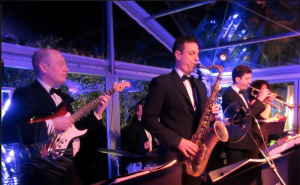 It was great to have the front line of trumpet and sax on this gig, usually the line-up is rhythm section and singers but the brass really adds to the energy of the band. When I started playing in function bands back in the mid eighties most of the bands had at least four brass players as well as 4 singers and rhythm section. Due to economics and synthesisers bands have become much smaller as they are able produce a big sound using keyboards.
It was great to have the front line of trumpet and sax on this gig, usually the line-up is rhythm section and singers but the brass really adds to the energy of the band. When I started playing in function bands back in the mid eighties most of the bands had at least four brass players as well as 4 singers and rhythm section. Due to economics and synthesisers bands have become much smaller as they are able produce a big sound using keyboards.
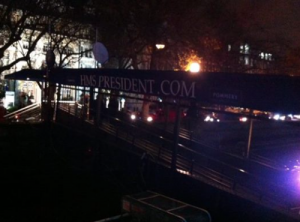 A recent gig on HMS President on the Thames was very enjoyable particularly as the singer in the band was the amazing Jacquie Hicks who is featured on two of our Music For Baby early years CD’s (Jazz Nursery Rhymes and Baby Sings Christmas). Swing music was the flavour of music for this event and not only did we received great feedback from the guests, over £4000 was raised for charity.
A recent gig on HMS President on the Thames was very enjoyable particularly as the singer in the band was the amazing Jacquie Hicks who is featured on two of our Music For Baby early years CD’s (Jazz Nursery Rhymes and Baby Sings Christmas). Swing music was the flavour of music for this event and not only did we received great feedback from the guests, over £4000 was raised for charity.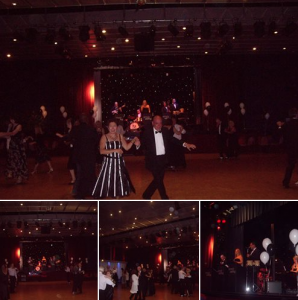 t was great to perform at the Concord Club, Heathrow playing strict dance music for dance enthusiasts. When I began my career many years ago as a professional guitarist I regularly played at these style of events. One in particular was the Café de Paris in Leicester Square which held regular tea dances in the afternoons together with featured dance nights like Jump and Jive and swing events. I learned a lot of what I know today playing at these type of gigs. Recently there has been a bit of a revival of this sort of music, thanks to Strictly Come Dancing on the TV which features a couple of colleagues of mine Trevor Barry and Paul Dunn in the house band.
t was great to perform at the Concord Club, Heathrow playing strict dance music for dance enthusiasts. When I began my career many years ago as a professional guitarist I regularly played at these style of events. One in particular was the Café de Paris in Leicester Square which held regular tea dances in the afternoons together with featured dance nights like Jump and Jive and swing events. I learned a lot of what I know today playing at these type of gigs. Recently there has been a bit of a revival of this sort of music, thanks to Strictly Come Dancing on the TV which features a couple of colleagues of mine Trevor Barry and Paul Dunn in the house band.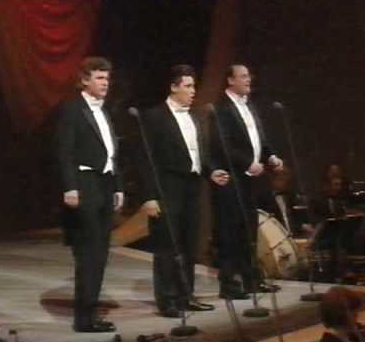

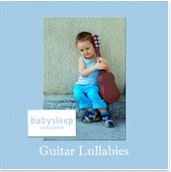 Being a father of two small boys (aged two and three) we have always tried to exposed them to good and varied music. Their musical life is very important to us, and hopefully they may play an instrument when they are a little older, possibly even the guitar. The benefits of making music for small children are well documented and include social, emotional and cognitive benefits. When I’m not teaching the guitar or performing I help run a small business (
Being a father of two small boys (aged two and three) we have always tried to exposed them to good and varied music. Their musical life is very important to us, and hopefully they may play an instrument when they are a little older, possibly even the guitar. The benefits of making music for small children are well documented and include social, emotional and cognitive benefits. When I’m not teaching the guitar or performing I help run a small business (